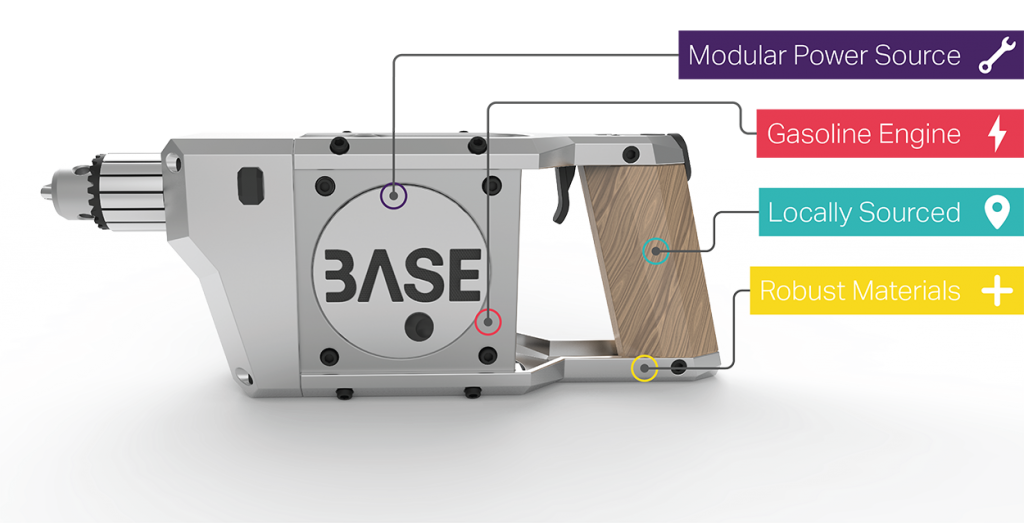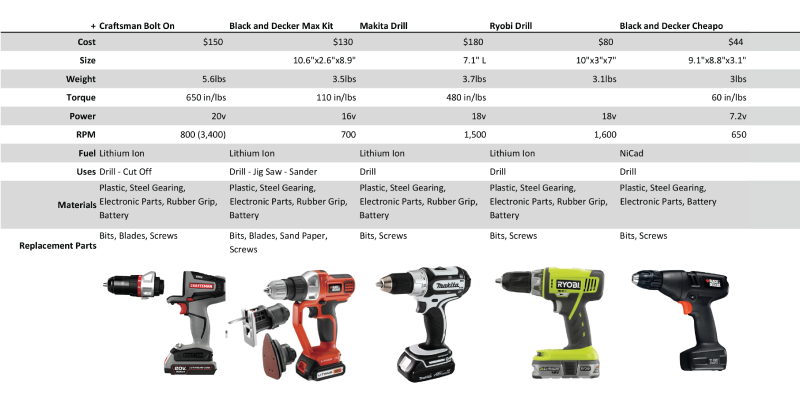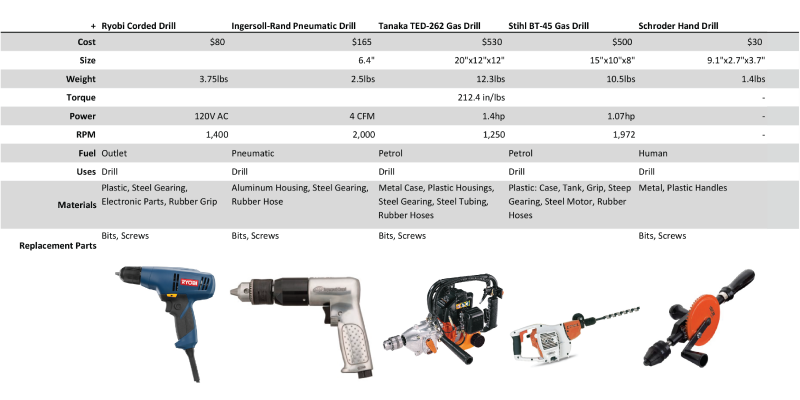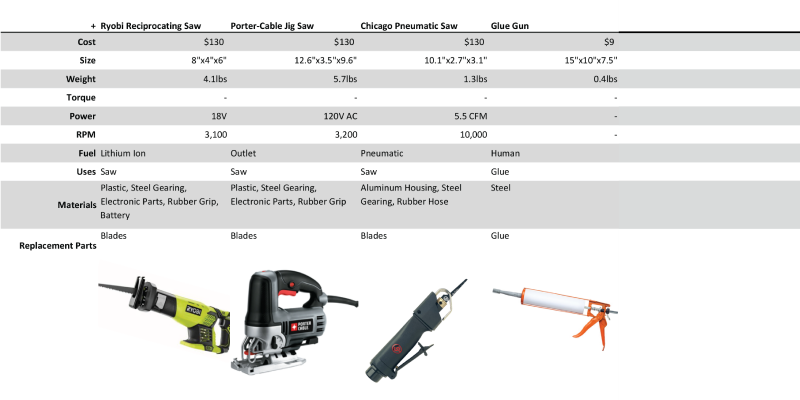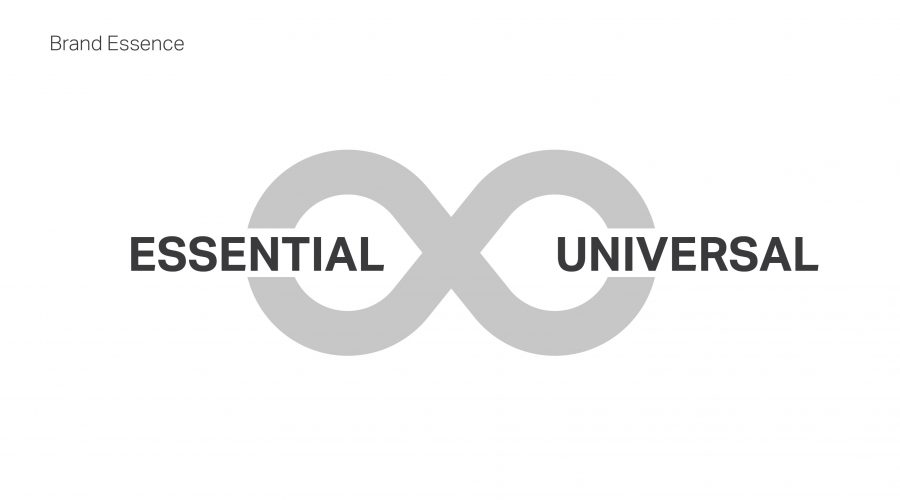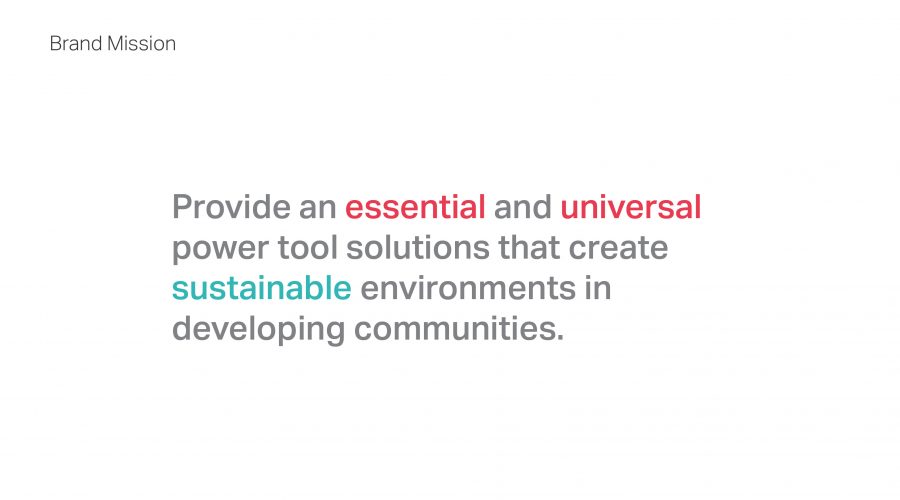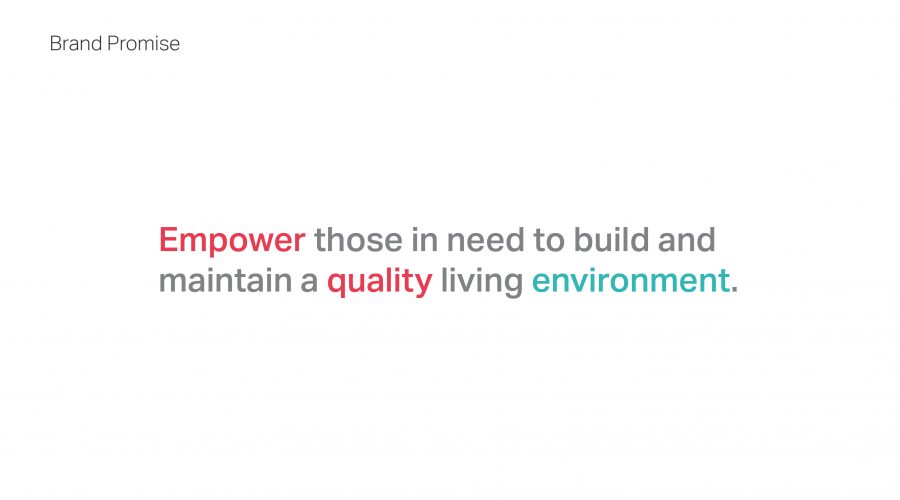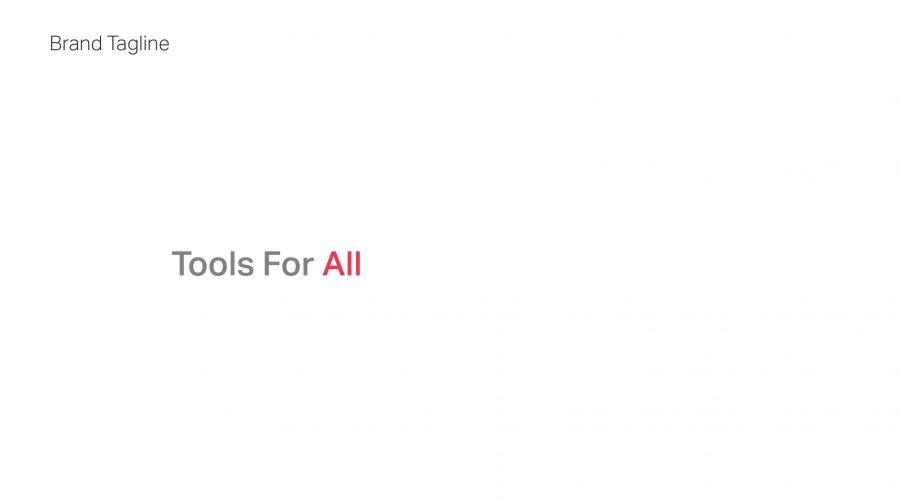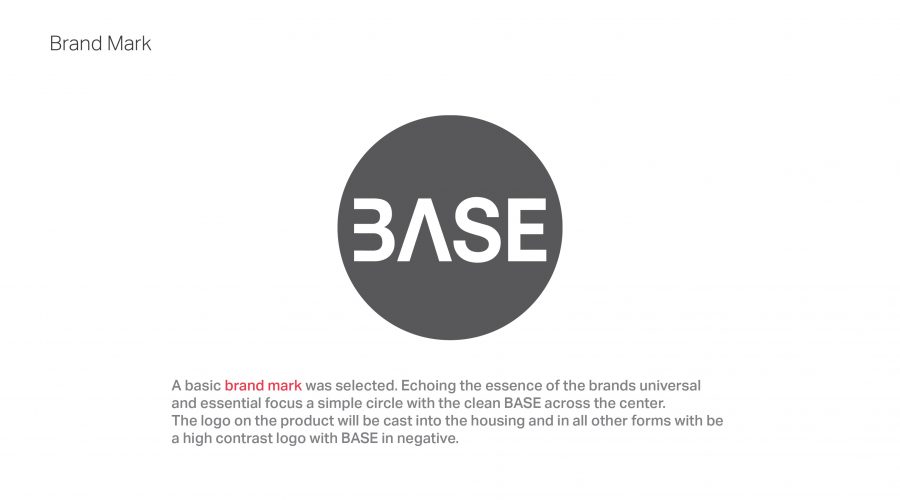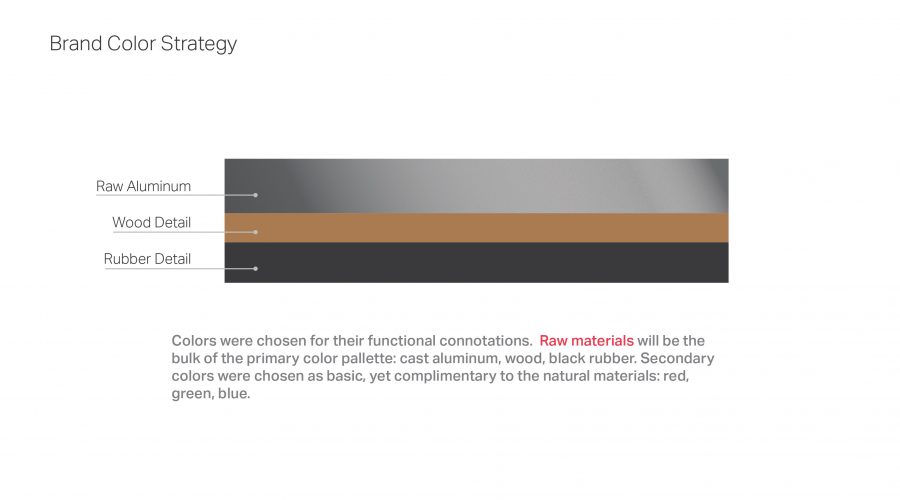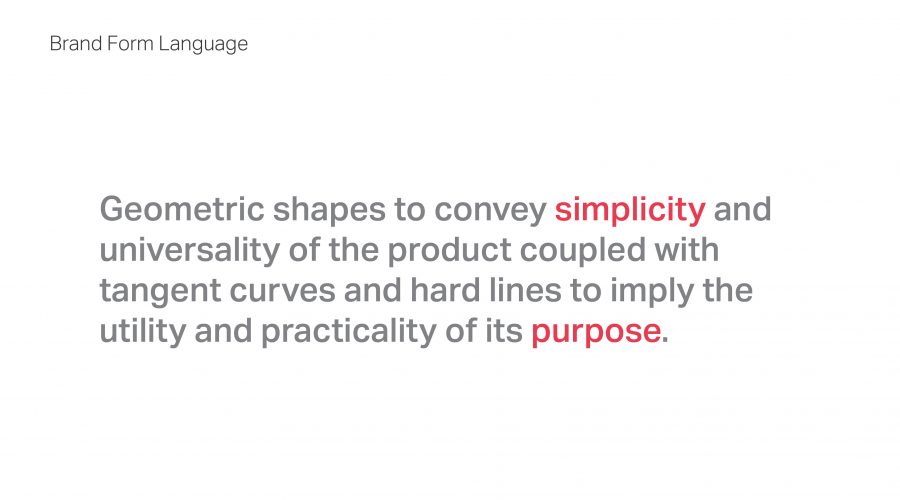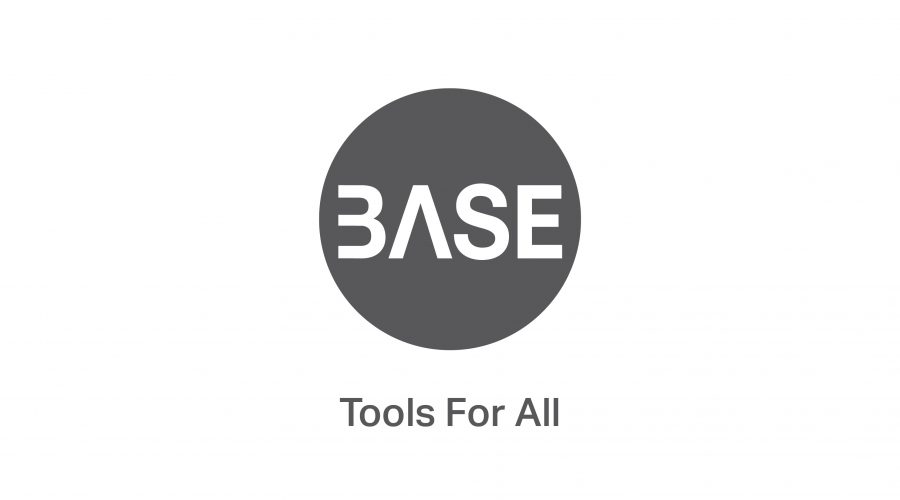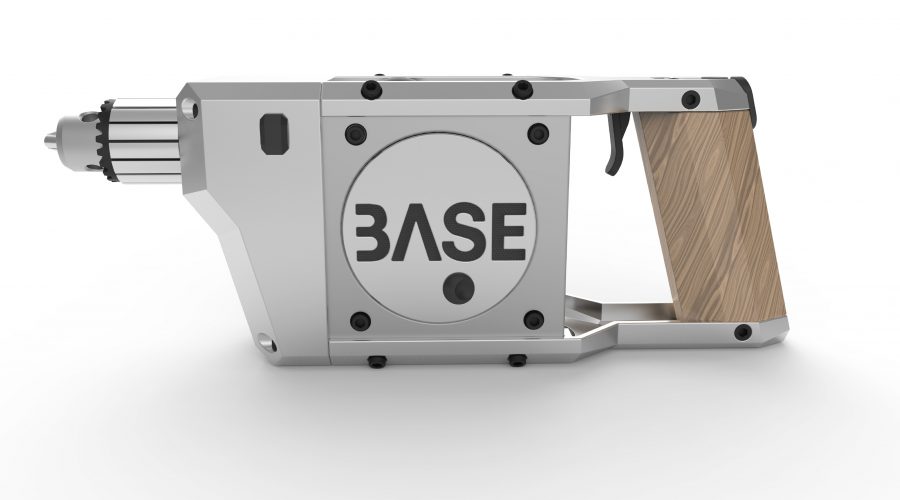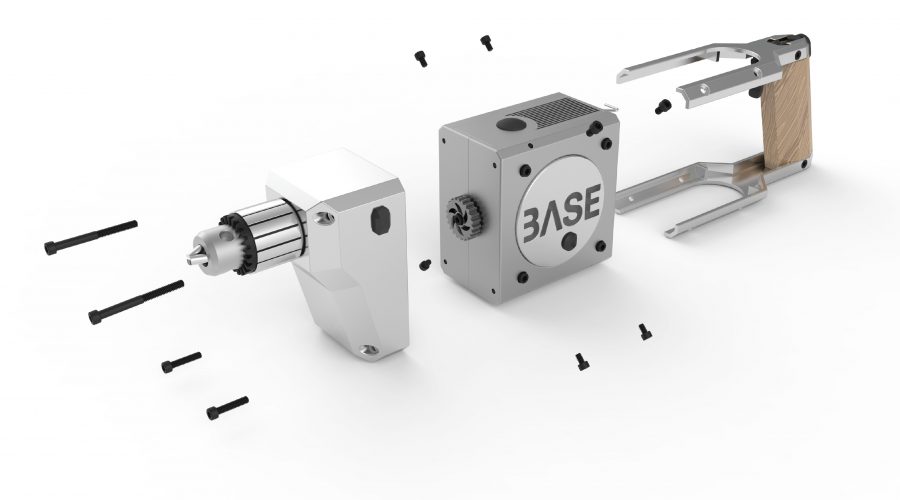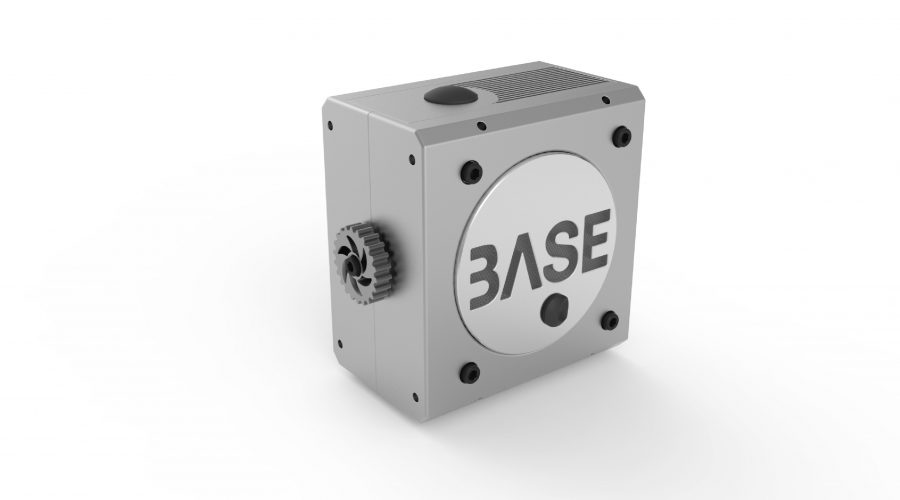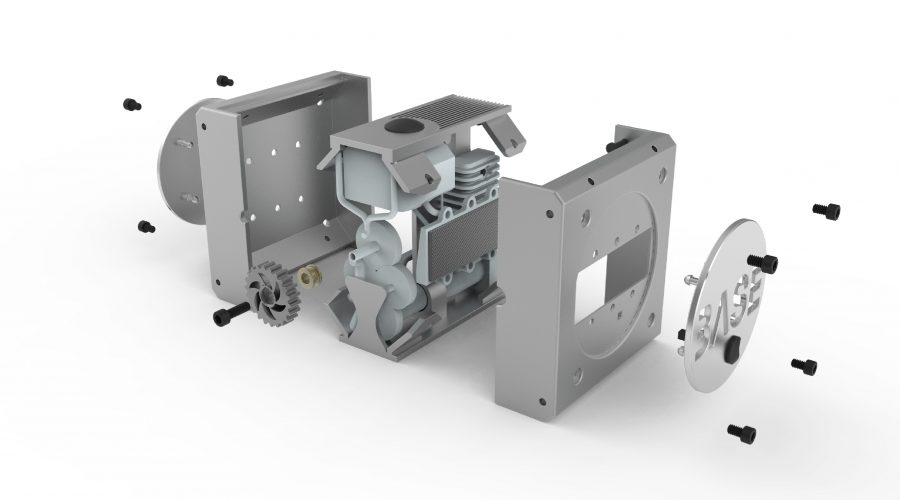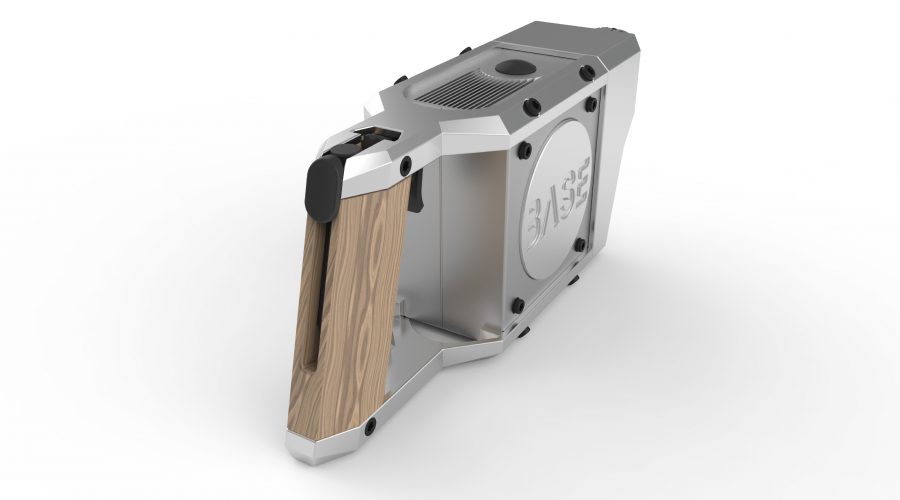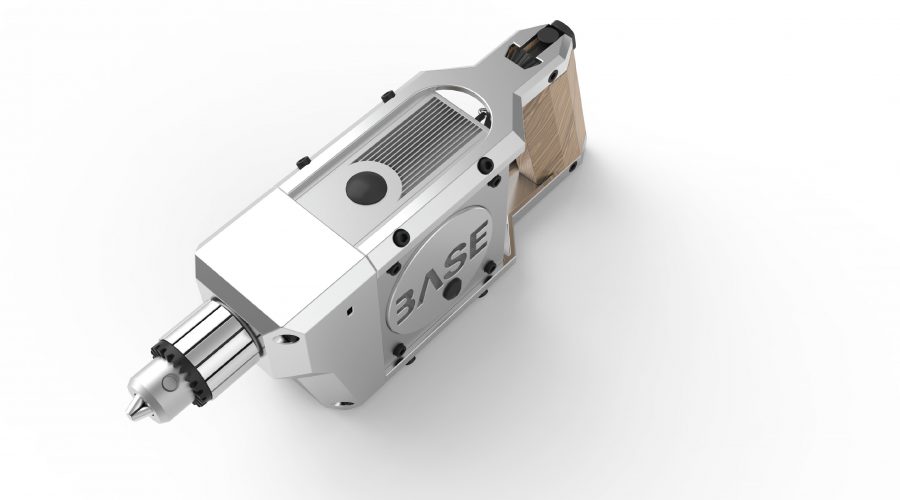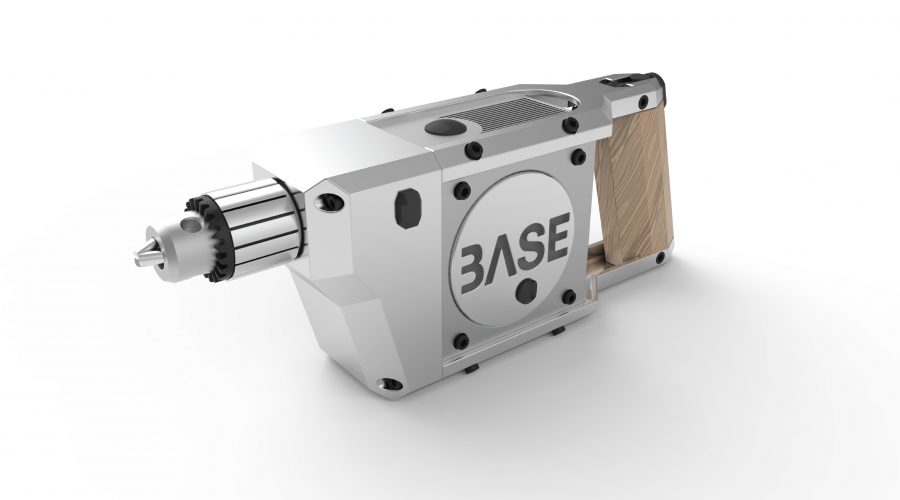How can a power tool system better fulfill the needs of those without many of the amenities of industrialized areas such as electricity, manufacturing facilities, and large equipment? The Base Power Tool System is a proposed solution that utilizes a modular gasoline powered unit to enable users to create a number of tool solutions.
Base
Design a power tool for rural developing communities.
RESEARCH
Conceptual Framework
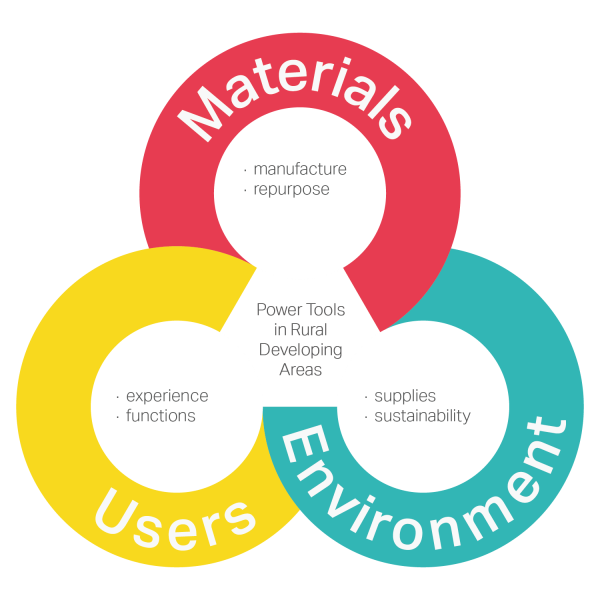
A framework for future design and research was initially developed through mind mapping and preliminary research. The critical aspects to the project that need to be understood were discovered to be users, environments, and materials. For users a clear assessment of users functional needs that a power tool could solve and their experience with tools and construction. Learning about available supplies and requirements of rural developing environments is needed. Materials available to be manufactured and sourced for are also to be understood.
Rural Developing Areas
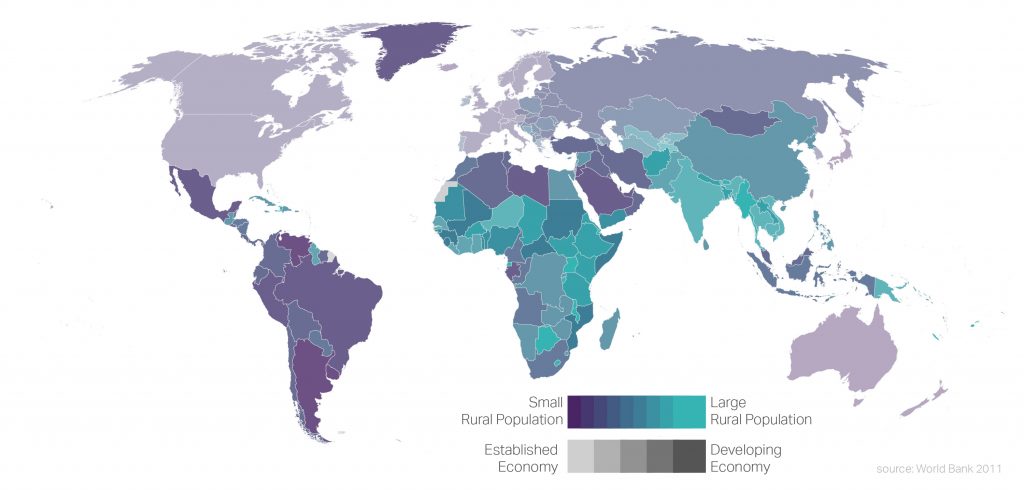
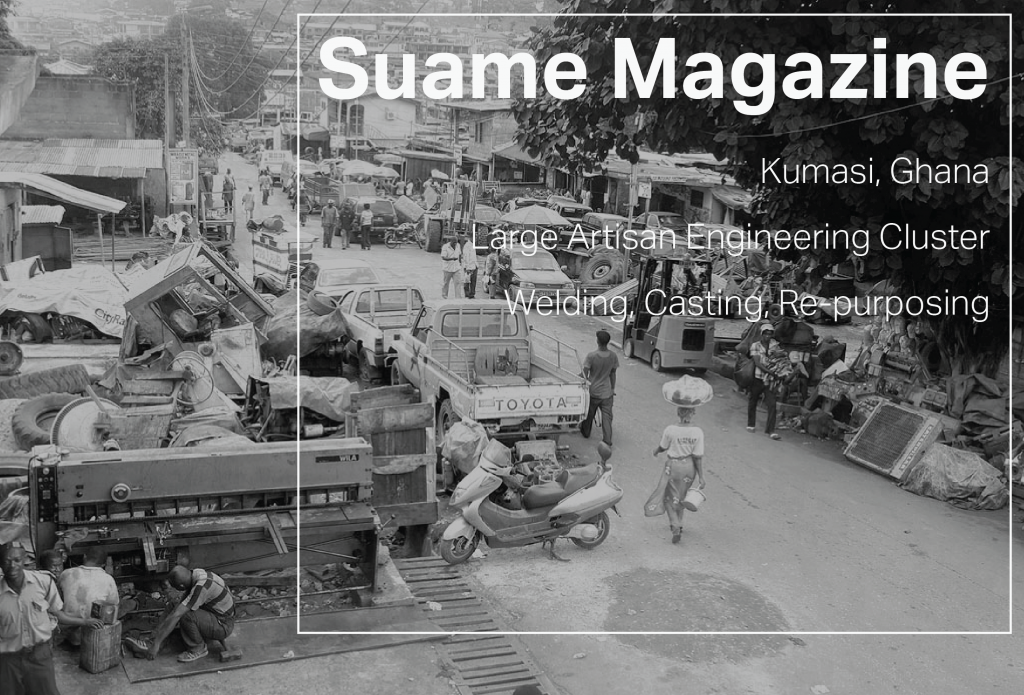
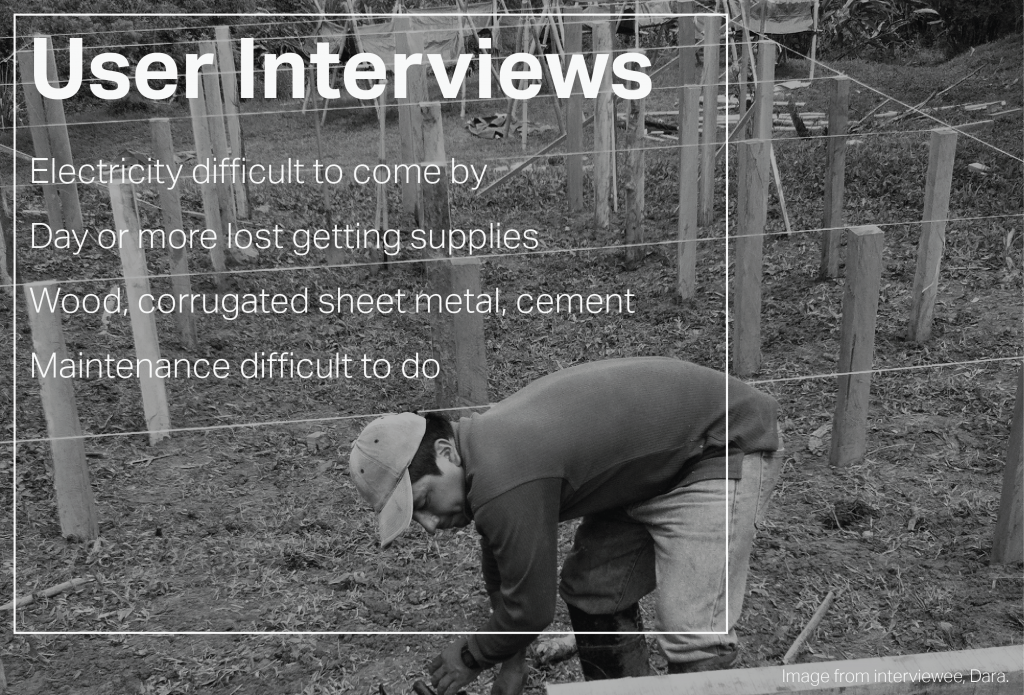
Secondary Research
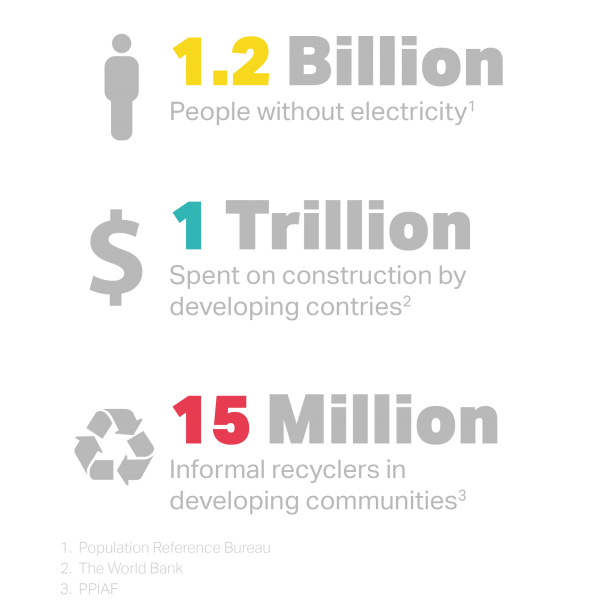
Competitive Analysis
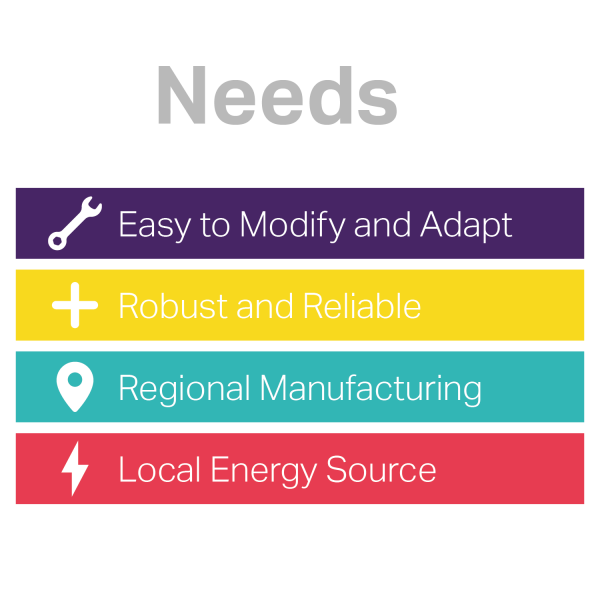
Through research specific needs were found for the project. A successful tool system should be easy to adapt and modify, as the specific needs and requirements of a rural developing areas are difficult to define. The tool and materials used to create it should be reliable and robust utilizing straightforward mechanics to reduce complications. Having parts that can be manufactured in the region allows users to have more ownership of a locally built tool and easier repairs. Fuel to power must be locally sourced to where it is used as well.
IDEATION
Sketches
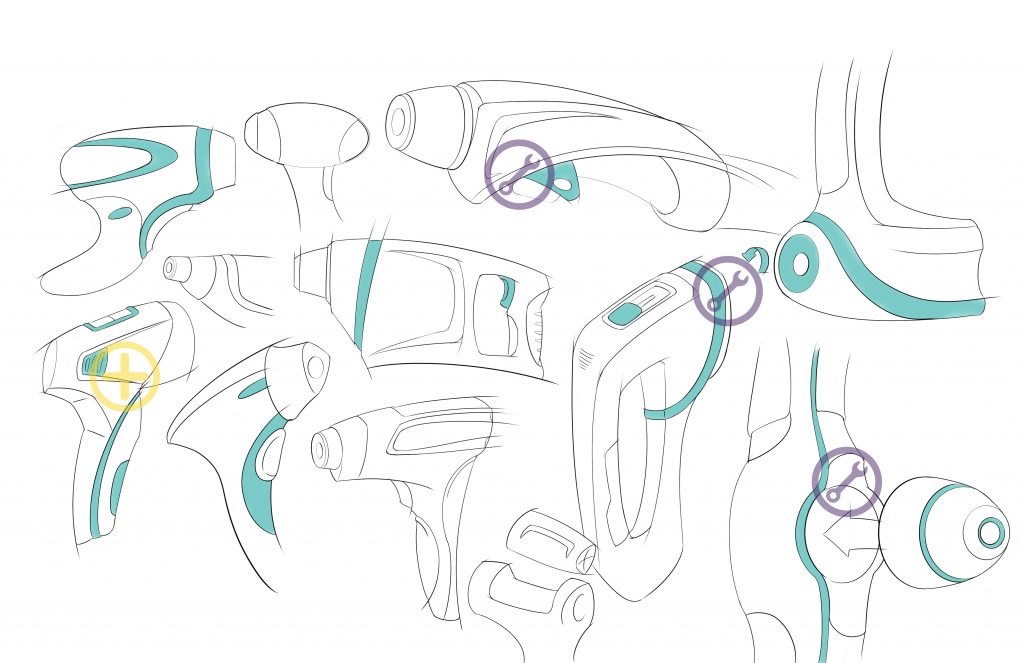
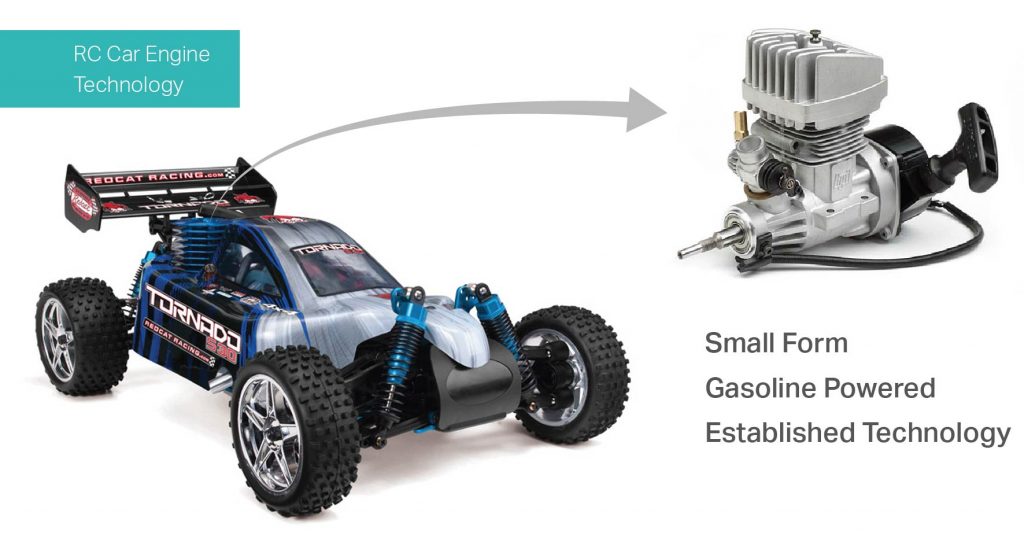
Study Models
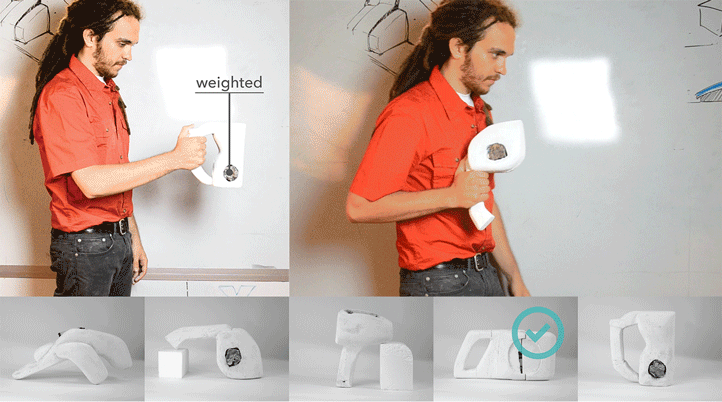
Design Language / Mood Board
Study Models
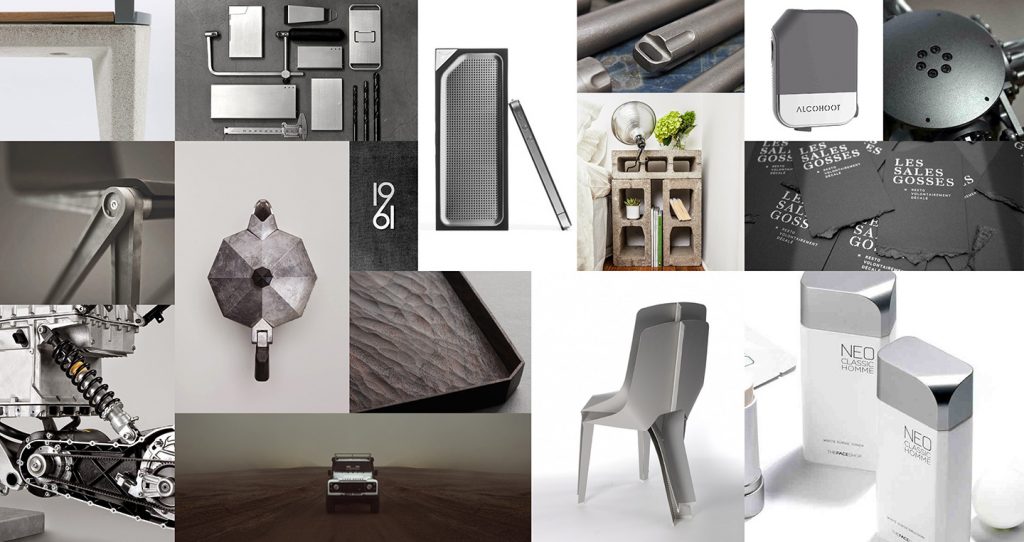
REFINEMENT
Internal Components
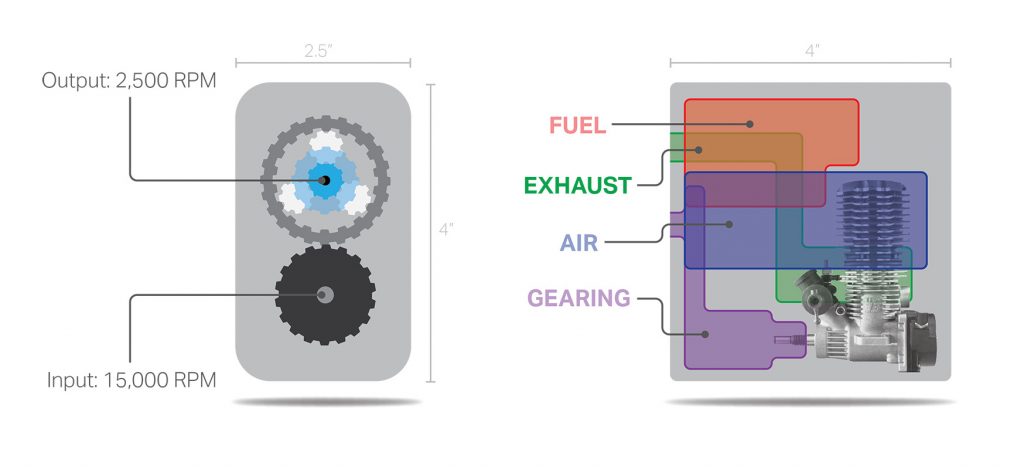
White Models
![Split-1[3]](https://breckby.com/wp-content/uploads/2017/03/Split-13-1.gif)
![Split-2[3]](https://breckby.com/wp-content/uploads/2017/03/Split-23-1.gif)
Once more accurate dimensions and visual language were determined white models were developed to understand how the new information can come together in a final form / product. The white models where evaluated based on the proposed design language and product needs, mainly ease of manufacturing and adaptability.
PROPOSAL
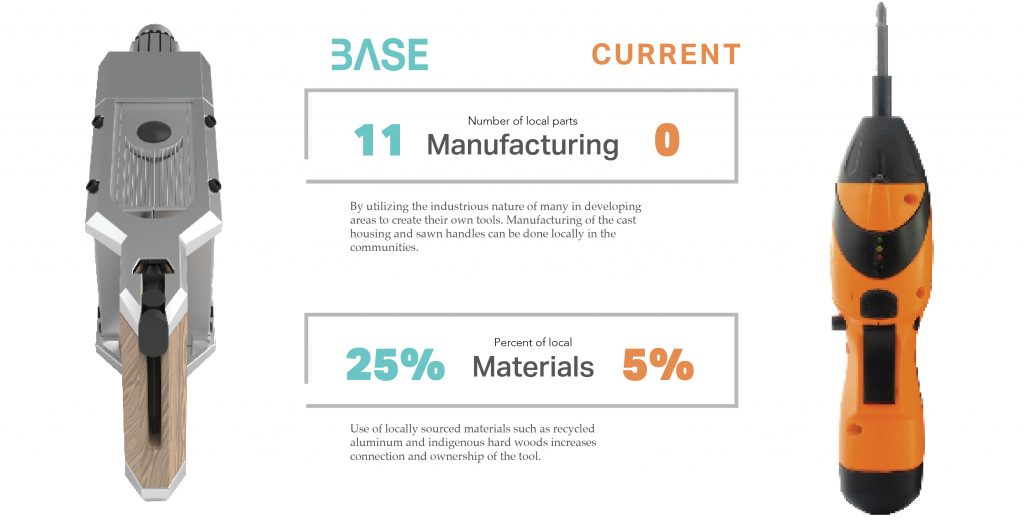
Manufacturing Breakdown
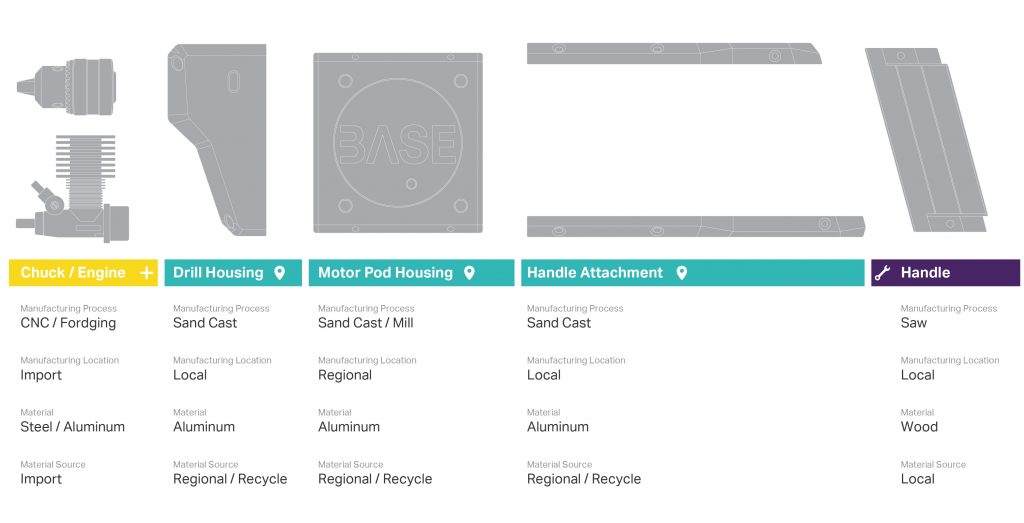
Branding
Renderings
